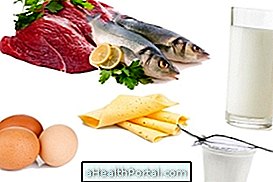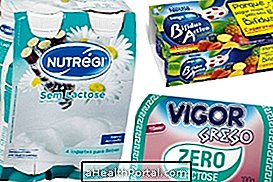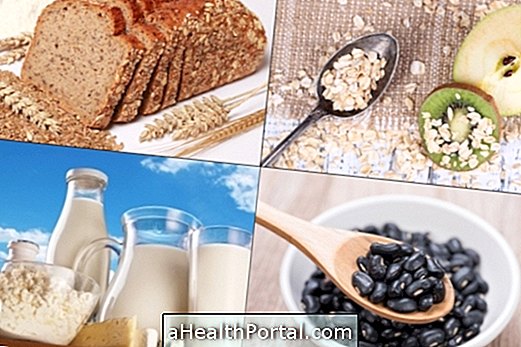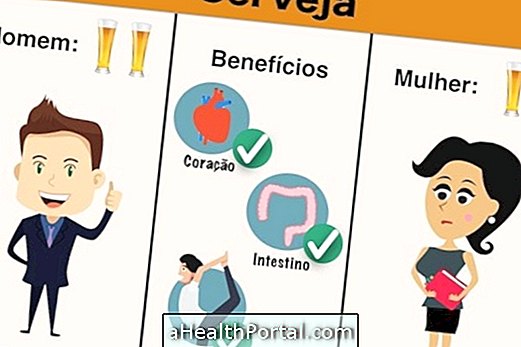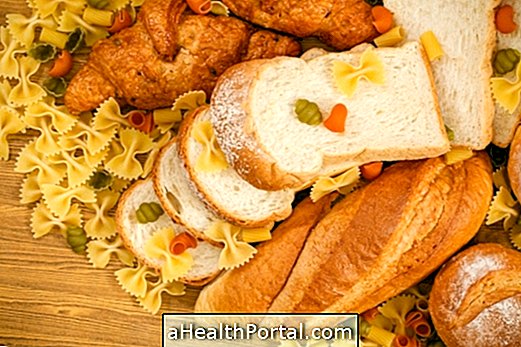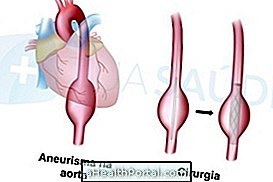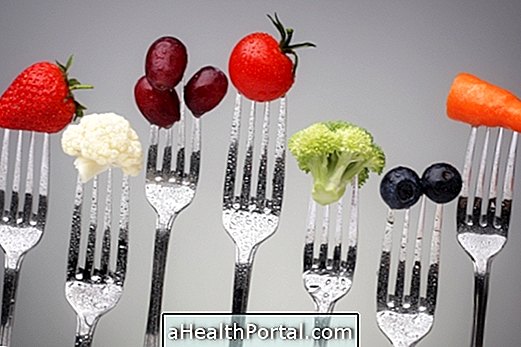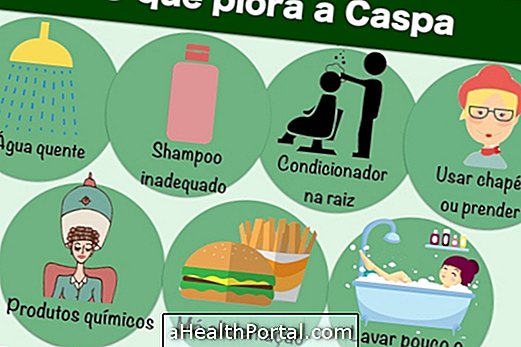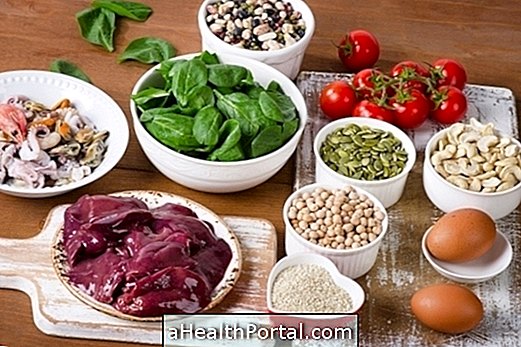Foods with a laxative effect such as papaya, plum and pumpkin, are rich in fiber and water and therefore help loosen the intestine. These foods should be consumed daily as they help increase stool volume and facilitate intestinal transit.
Some examples of foods with a laxative effect are:
- Fruits: papaya, fig, pear, apple, plum, kiwi;
- Vegetables: lettuce, arugula, watercress, cabbage, broccoli, eggplant and zucchini;
- Grains: oats, oat bran, wheat bran, corn, lentils, quinoa;
- Seeds: chia, flaxseed, sesame;
- Oilseeds: nuts, peanuts, almonds, nuts;
- Beverages: coffee, red wine, a cup after the meal, lemon grass and sacred shell tea.

In addition to consuming some of these foods daily, you should also remember to ingest 1.5 to 2.0 liters of water per day as it will moisturize the food's fibers and facilitate the passage of feces along the intestine. Also, consuming natural yogurt at least 3 times a week also helps maintain a good gut flora and fight constipation. See 3 recipes for homemade natural laxatives.
Laxative Foods for Baby
It is common for the baby's gut to become constipated, and it is important to include foods such as:
- Fruits: Papaya, orange, avocado, banana nanica, grape, melon, fig, plum, watermelon, mango, pineapple;
- Vegetables: pumpkin, black pepper, tomato, cucumber, cabbage, spinach, sweet potatoes, leafy vegetables and pods,
- Cereals: Whole grain bread, oats, brown rice, whole noodles and corn;
- Legumes: peas, lentils and beans.
Babies need fewer fibers than adults, and should consume only small amounts per day of the foods listed above. In addition, babies over 1 year can also consume natural yogurt, which contains microorganisms that improve the intestinal flora and fight constipation. See 4 examples of homemade laxatives for babies.

Number of Fibers in Fruits
See the table below for a list of laxative fruits, classified according to the amount of water and fibers they have:
| Fruits | Amount of Fibers per 100 g of fruit | Amount of water per 100 g of fruit |
| Papaya | 2.3 g | 88.2 g |
| Fig | 2.3 g | 79.1 g |
| Wait | 2.2 g | 85.1 g |
| Apple | 2.1 g | 82.9 g |
| Plum | 1.9 g | 88.0 g |
| Kiwi | 1.9 g | 82.9 g |
| Orange | 1.8 g | 86.3 g |
| Grape | 0.9 g | 78.9 g |
It is important to remember that fiber consumption should be accompanied by good water consumption, as consuming too many fibers throughout the day without drinking enough water can cause the opposite effect, making constipation worse.
See more tips on laxatives in:

Bowel Release Menu
The following table provides an example of a rich, 3-day fiber menu to combat constipation.
| Meal | Day 1 | Day 2 | Day 3 |
| Breakfast | 1 cup of coffee with milk + 1 slice of whole grain bread with cheese and sesame | vitamin: 2 slices of papaya + 1 tablespoon of oats + 1/2 tablespoons of chia + 200 ml of milk | 1 glass of natural yogurt with 3 prunes + 1 slice of whole grain bread with egg |
| Morning snack | 3 prunes + 5 cashew nuts | 1 pear + 10 peanuts | 2 slices of papaya mashed with 2 teaspoons of chia |
| Lunch dinner | 4 tablespoons brown rice with broccoli + chicken in tomato sauce + vegetables, sautéed in olive oil | pasta with tuna + pesto sauce + salad with cabbage, raisins, eggplant and zucchini | pumpkin puree + pot roast + green salad with olive oil and corn |
| Afternoon snack | 1 natural yogurt whipped with papaya and 1 tablespoon of honey | 1 cup of coffee + 2 slices of whole grain bread with egg + 1 teaspoon of sesame | Avocado vitamin |
